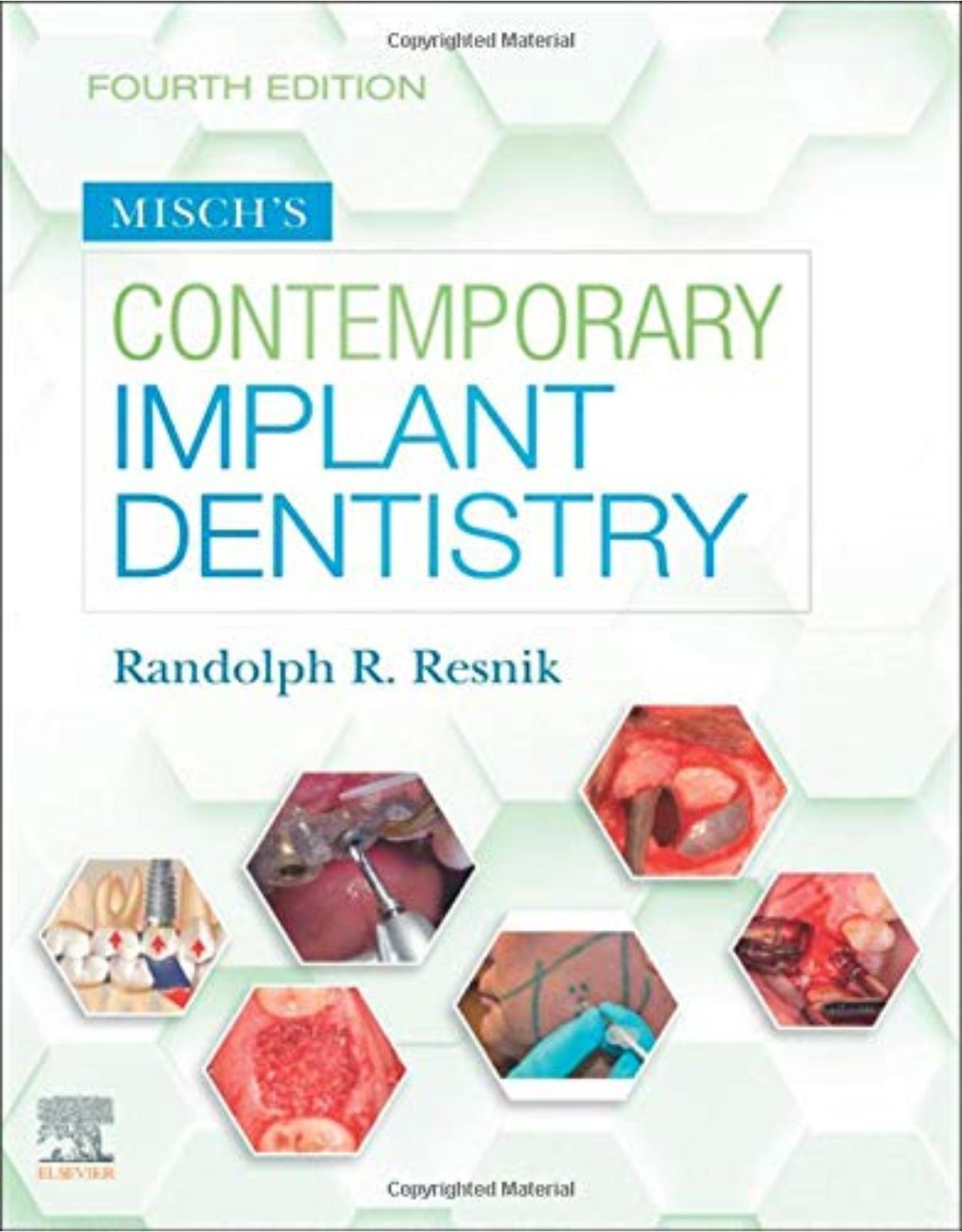
Misch's Contemporary Implant Dentistry
Livrare gratis la comenzi peste 500 RON. Pentru celelalte comenzi livrarea este 20 RON.
Disponibilitate: La comanda in aproximativ 4 saptamani
Autor: Randolph Resnik DMD MDS
Editura: Elsevier
Limba: Engleza
Nr. pagini: 1264
Coperta: Hardcover
Dimensiuni: 22.23 x 4.45 x 27.94 cm
An aparitie: 10 April 2020
Description:
Internationally known author, Randolph R. Resnik, DMD, MDS is a leading educator, clinician, author and researcher in the field of Oral Implantology and Prosthodontics.
Surgical protocols provide the latest, most up-to-date literature and techniques that provide a proven system for comprehensive surgical treatment of dental implant patients.
Thoroughly revised content includes current diagnostic pharmacologic and medical evaluation recommendations to furnish the reader with the latest literature-based information.
Proven strategies and fundamentals for predictable implant outcomes
Latest implant surgical techniques for socket grafting and ridge augmentation procedures
Proven, evidence-based solutions for the treatment of peri-implant disease
Includes the use of dermal fillers and botox in oral implantology
Up-to-date information on advances in the field reflects the state-of-the-art dental implant
Table of Contents:
Dedicaton
Part I. Scientific Basis
1. Rationale for Dental Implants
Increasing Demand for Dental Implants
The Future of Implant Dentistry
Summary
2. Terminology in Implant Dentistry
Generic and Proprietary Terminology
Osseointegration
Types of Dental Implants
Implant Macrostructure
Implant Surfaces
Implant Platforms and Connections
Surgical Protocols
Surgical Instrumentation
Implant Restorations
Peri-implant Disease
Other Types of Implants
Conclusion
3. Functional Basis for Dental Implant Design
Function and Implant Design
Implant Features
Implant Materials
Summary
4. Bone Physiology, Metabolism, and Biomechanics
Osteology
Bone Physiology
Skeletal Adaptation: Modeling and Remodeling
Cortical Bone Growth and Maturation
Bone Metabolism
Calcium Conservation
Skeletal Compromise
Biomechanics
Sutures
Implant-Anchored Orthodontics
Summary
5. Biomaterials for Dental Implants
Compatibility of Surgical Biomaterials and the Role of Synthetic Materials
Bulk Properties
Physical, Mechanical, and Chemical Requirements for Implant Materials
Metals and Alloys
Ceramics and Carbon
Polymers and Composites
Future Areas of Application
Surface Characteristics
Surface Characterization and Tissue Interaction
Summary
Part II. Biomechanical Properties of Dental Implants
6. Clinical Biomechanics in Implant Dentistry
Loads Applied to Dental Implants
Mass, Force, and Weight
Forces
Components of Forces (Vector Resolution)
Three Types of Forces
Force Delivery and Failure Mechanisms
Moment Loads
Clinical Moment Arms
Moment of Inertia
Summary
7. Stress Treatment Theorem for Implant Dentistry
Biomechanical Overload
Impact of Occlusal Overload on Mechanical Components
Marginal Bone Loss
Biomechanical Stress Effects on Treatment Planning
Key Implant Positions and Implant/Abutment Number
Summary
8. Treatment Planning: Force Factors Related to Patient Conditions
Bite Force
Parafunction
Tongue Thrust and Size
Crown Height Space
Masticatory Dynamics (Patient Size, Gender, Age, and Skeletal Position)
Arch Position
Opposing Arch
Summary
9. Dental Implant Surfaces
Introduction
Surface Roughness
Review of Implant Surfaces
Biological Responses and Interaction with the Implant Surface
Role of Surface Roughness in Peri-implant Disease
Future Directions
Functionalization with Biologically Active Substances
Biomimetic Formation of Hydroxyapatite on the Implant Surface
Summary
Part III. Fundamental Science
10. Medical Evaluation of the Dental Implant Patient
Medical Evaluation
Medical History
Laboratory Evaluation
Systemic Disease and Oral Implants
Systemic Autoimmune Diseases
Medications of Interest to Implant Dentistry
Immunosuppressive Drugs
Oral Antithrombotic Medications
Allergies
Medical Consultation and Clearance
11. Radiographic Evaluation in Oral Implantology
Imaging Objectives in Oral Implantology
Presurgical Imaging (Phase 1)
Radiographic Modalities Used in Oral Implantology
Cone Beam Tomography (CBCT)
Normal Radiographic Anatomy
Summary
12. Applied Anatomy for Dental Implants
Surgical Anatomy of the Maxilla as an Organ
Surgical Anatomy of the Mandible
Blood Supply to the Maxilla and Mandible
13. Dental Implant Infections
Introduction
Overview of Oral, Head, and Neck Infection and Spread
Microbiology of Dental Implant Infection
Causes and Risks of Dental Implant Infection
Infection Before the Implant Placement
Perisurgical Infection
Severe Postsurgical Infection
Peri-implant Disease
Prophylactic Antibiotics
14. Pharmacology in Implant Dentistry
Antimicrobials
Therapeutic Use of Antibiotics: Postoperative Infections
Management of Postoperative Inflammation
Postsurgical Pain Management
Protocols Postoperative Pain
Combination Analgesic Therapy for Postoperative Pain
Control of Postoperative Surgical Pain
Pain Control Protocol
Sedative Agents
Comprehensive Pharmacologic Protocol
Possible Drug Interactions in Oral Implantology
Part IV. Treatment Planning Principles
15. Interactive Computed Tomography and Dental Implant Treatment Planning
Evaluation and Determination of the Ideal Implant Position Prior To Obtaining a CBCT
Obtaining a Cone Beam Computed Tomography Scan
Obtain Dataset
Integrate Dataset Into Specialized Software
Reconstruction (Manipulation of Data to Formulate a Treatment Plan)
Treatment Plan to Surgical Placement
Surgical Template Fabrication
Surgical Implant Placement With Surgical Template
CBCT by Drill Guidance (Fig. 15.23)
Requirements of a Surgical Template
Surgical Template Fabrication
Digital Technology
Materials
Surgical Template Complications
Summary
16. Available Bone and Dental Implant Treatment Plans
Literature Review
Implant Size
Measurement of Available Bone
Divisions of Available Bone
Summary
17. Prosthetic Options in Implant Dentistry
Completely Edentulous Prosthesis Design
Partially Edentulous Prosthesis Design
Summary
18. Bone Density: A Key Determinant for Treatment Planning
Influence of Bone Density on Implant Success Rates
Etiology of Variable Bone Density
Bone Classification Schemes Related to Implant Dentistry
Misch Bone Density Classification
Determining Bone Density
Scientific Rationale of a Bone Density–Based Treatment Plan
Treatment Planning
Summary
19. Treatment Plans Related to Key Implant Positions and Implant Number
Key Implant Positions Rules for a Fixed Implant Prosthesis
Implant Number
Additional Treatment Planning Principles
Summary
Part V. Edentulous Site Treatment Planning
20. Treatment Plans for Partially and Completely Edentulous Arches in Implant Dentistry
Partially Edentulous Arches
Classification of Completely Edentulous Arches
Summary
21. Preimplant Prosthodontic Factors Related to Surgical Treatment Planning
Overall Evaluation
Maxillary Anterior Tooth Position
Existing Occlusal Vertical Dimension
Mandibular Incisor Edge Position
Existing Occlusal Planes (Posterior Maxillary and Mandibular Planes of Occlusion)
Specific Criteria
Maxillomandibular Arch Relationship
Existing Occlusion
Crown Height Space
Temporomandibular Joint
Extraction of Teeth with Hopeless or Guarded Prognosis
Existing Prostheses
Arch Form
Natural Teeth Adjacent to Implant Site
Attaching Implants to Teeth
Soft Tissue Support
Pretreatment Prostheses
Postimplant Placement Transitional Prosthesis
Summary
22. Single and Multiple Tooth Replacement: Treatment Options
Tooth Replacement
Single Missing Tooth
Specific Single-Tooth Implant Indications
Single-Tooth Implant Size Specifics
Multiple Missing Teeth
Types of Prostheses
Abutment Options
23. Treatment Planning for the Edentulous Posterior Maxilla
Inherent Disadvantages of Posterior Maxilla Treatment
Treatment History
Sinus Graft Options for the Posterior Maxilla
Summary
24. The Edentulous Mandible: Fixed Versus Removable Prosthesis Treatment Planning
Mandibular Treatment Planning Principles
Implant Overdentures Advantages (RP-4 and RP-5)
Review of the Overdenture Literature
Mandibular Overdenture Treatment Planning (RP-4 and RP-5)
Fixed Prosthesis
Summary
25. The Edentulous Maxilla: Fixed versus Removable Treatment Planning
Treatment Planning Factors
Literature Review
Fixed Maxillary Treatment Plans
Removable Maxillary Treatment Plans
Summary
Part VI. Implant Surgery
26. Basic Surgical Techniques and Armamentarium
Flap Design
Types of Flaps
Proper Incision Technique
Surgical Armamentarium
Instruments to Remove Tissue From Extraction Sockets or Bony Defects
Aseptic Technique
Utilization of Ideal Suturing
Suture Type
Suture Qualities
Suture Size
Suture Needle
Suturing Technique
Suturing Instruments
Suturing Knots
27. Implant Placement Surgical Protocol
Pre-Implant Placement Protocols
Dental Implant Osteotomy Preparation
Bone Density Factors Related to Implant Preparation
Generic Drilling Sequence
Dental Implant Surgical Protocol 1 (D1 Bone)
Dental Implant Surgical Protocol 2 (D2 Bone)
Dental Implant Surgical Protocol 3 (D3 Bone)
Dental Implant Surgical Protocol 4 (D4 Bone)
Primary Stability
One-Stage versus Two-Stage
Summary
28. Ideal Implant Positioning
“X”-Axis (Mesial-Distal) Positioning
Buccolingual Positioning(“Y-Axis”)
Faciopalatal Positioning
Excessive Depth
Inadequate Depth
Treatment
RP-4 and RP-5
Treatment
Treatment
Implant Position with Respect to Vital Structures
Prevention of Implant Malposition
Summary
29. Maxillary Anterior Implant Placement
Maxillary Anterior Implant Placement
Nasopalatine (Incisive) Foramen and Canal
Implants in Approximation to the Nasal Cavity
Maxillary Anterior Anodontia
Summary
30. Mandibular Anatomic Implications for Dental Implant Surgery
Mandibular Anterior
Mandibular Posterior
Vascular Considerations
Neural Considerations
Radiographic Considerations
Anatomic Considerations
31. Dental Implant Complications
Intraoperative Complications
Bleeding-Related Complications
Postoperative Bleeding Control
Postoperative Complications
Incision Line Opening
Biomechanical Complications
Neurosensory Impairment
Fractured Implant
Explantation of Dental Implants
32. Immediate Implant Placement Surgical Protocol
Advantages of Immediate Implant Placement
Disadvantages of Immediate Placement
Immediate Implant Studies
Treatment Planning Considerations
Requirements for Immediate Implant Placement
Immediate Implant Placement Technique
Complications
Conclusion
33. Immediate Load/Restoration in Implant Dentistry
Immediate-Loading Terminology
Advantages of Immediate Load Protocol
Disadvantages of Immediate Load Implants
Prerequisites for Immediate-Loading Protocol
Rational for Implant Immediate-Loading Protocol
Histologic Evaluation of Immediate-Loaded Implants
Immediate Occlusal Loading: Factors That Decrease Risks
Immediate-Loading Protocol: Partially Edentulous Patients
Partially Edentulous (Greater Than One Edentulous Space)
Completely Edentulous Arches
Provisional Implants
All-on-4 Surgical/Prosthetic Protocol
Advanced Fully Guided Immediate Placement/Loading Protocols (Box 33.6, Box 33.7, Fig. 33.18)
Immediate Loading: Postoperative Instructions
Immediate Loading: Postoperative Complications
Summary
Part VII. Soft and Hard Tissue Rehabilitation
34. Atraumatic Tooth Extraction and Socket Grafting
Extraction Socket Healing
Atraumatic Tooth Extraction
Socket Grafting of the Extraction Site
Socket Graft Healing
Socket Grafting Contraindications
Socket Graft Complications
Conclusion
35. Bone Substitutes and Membranes
Terminology for Bone Repair and Regeneration
Mechanisms of Bone Repair and Regeneration
Ideal Bone Graft Substitute
Ideal Membrane Material
Classification of Bone Graft Substitutes and Membranes
Oversight
Sterility
Proprietary Sterilization Methods
End-User Responsibilities
Allograft Source, Processing, and Distribution
Xenograft Source, Production, and Distribution
Alloplast Production and Distribution
Graft Descriptions50-60
Comparing Bone Graft Substitutes and Membrane Characteristics
Looking to the Future
Summary
36. Particulate Membrane grafting/Guided Bone Regeneration
Indications for Bone Grafting
Cellular Bone Regeneration Process
Treatment Planning in the Compromised Edentulous Ridge
Bony Defect Morphology Considerations and Classification
Soft Tissue Considerations
Guided Bone Regeneration Protocol
Postoperative Treatment
Development of Ideal Bone Density in Regeneration Sites
Graft Maturation Healing Times
Bone-Grafting Complications
Summary
37. Maxillary Sinus Anatomy, Pathology, and Graft Surgery
Maxillary Sinus Anatomy
Maxillary Sinus: Clinical Assessment
Maxillary Sinus Radiographic Evaluation
Normal Anatomy
Maxillary Sinus: Anatomical Variants
Maxillary Sinus Pathology
Cystic Lesions
Miscellaneous Factors That Affect the Health of the Maxillary Sinus
Relative and Absolute Contraindication to Maxillary Sinus Graft Procedures
Reduction of Sinus Graft Complications
Surgical Treatment of the Maxillary Sinus: History
Treatment Classifications for the Posterior Maxilla
Surgical Technique
Intraoperative Complications Related to Sinus Graft Surgery
Short-Term Postoperative Complications
Revision Surgery
Edema
Ecchymosis
Pain
Oroantral Fistulae
Post-Operative Infection
Spread of Infection
Implant Penetration Into the Sinus
Overfilling of the Sinus
Postoperative Cone Beam Computerized Tomographic Mucosal Thickening (False Positive for Infection)
Migration of Implants
Postoperative Fungal Infection
Summary
38. Intraoral Autogenous Bone Grafting
History of Autogenous Bone Grafts
Preoperative Evaluation of Recipient Site
Selection of Intraoral Donor Site
Block Graft Preparation
Comparison of Intraoral Bone-Grafting Donor Sites
Postoperative Care and Instructions
Complications
Implant Placement
Summary
39. Extraoral Bone Grafting for Implant Reconstruction
Introduction
Extraoral Donor Bone Graft Sites
Summary
40. The Use of Botox and Dermal Fillers in Oral Implantology
Injectable Neurotoxin (Botulinum Toxin)
Botulinum Toxin Type A Uses in Implant Dentistry
Generalized Botulinum Toxin Type A Postoperative Instructions
Generalized Contraindications to Botox
Generalized Complications to Botox
Injectable Fillers
Dermal Filler Use in Implant Dentistry
Reversals for Dermal Fillers
Complications With Dermal Fillers
Complications48
Conclusion
Part VIII. Dental Implant Maintenance
41. Peri-Mucositis and Peri-Implantitis Diagnosis, Classification, Etiologies, and Therapies
Peri-implant Disease
Peri-implant Mucositis
Peri-implantitis
Suzuki-Resnik Peri-Implant Disease Protocol
Peri-Implant Disease Treatment Regimen
Lack of Keratinized Tissues
Retained Cement Peri-implant Disease
Implant Quality Scale
Conclusion
42. Implant Maintenance: Long-Term Implant Success
Anatomy of Peri-implant Hard and Soft Tissues
Appendix. Treatment Plan Options
Index
| An aparitie | 10 April 2020 |
| Autor | Randolph Resnik DMD MDS |
| Dimensiuni | 22.23 x 4.45 x 27.94 cm |
| Editura | Elsevier |
| Format | Hardcover |
| ISBN | 9780323391559 |
| Limba | Engleza |
| Nr pag | 1264 |

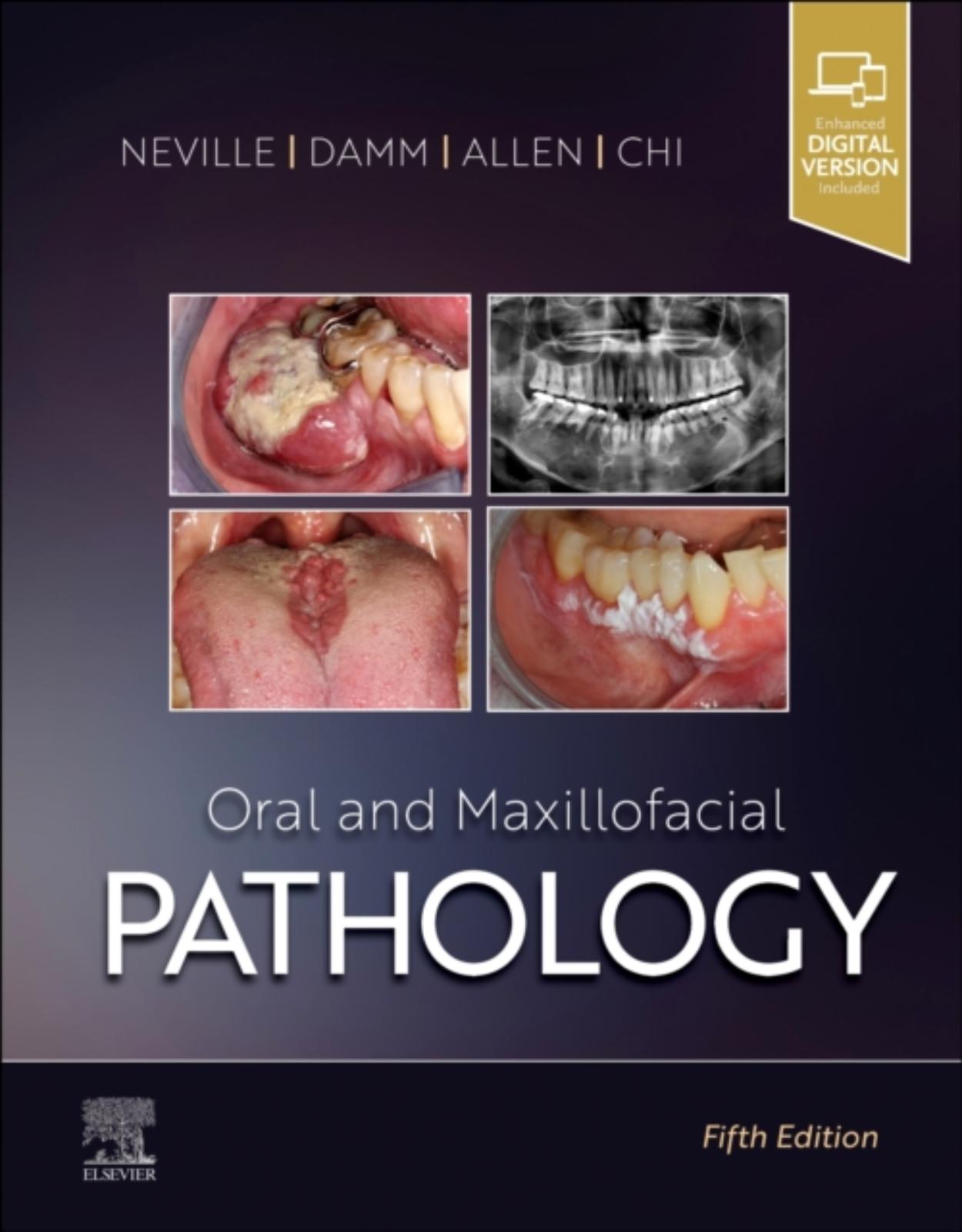
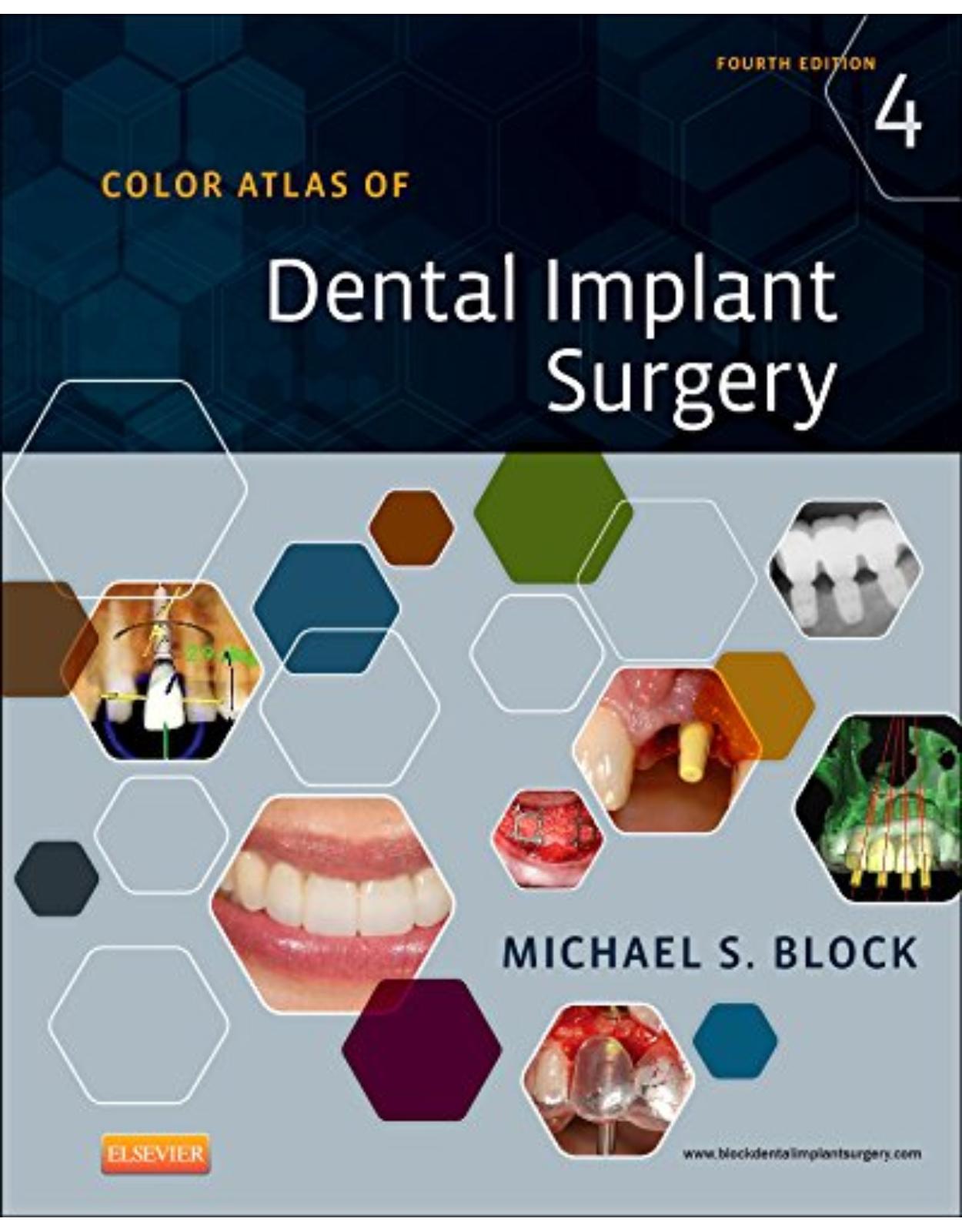
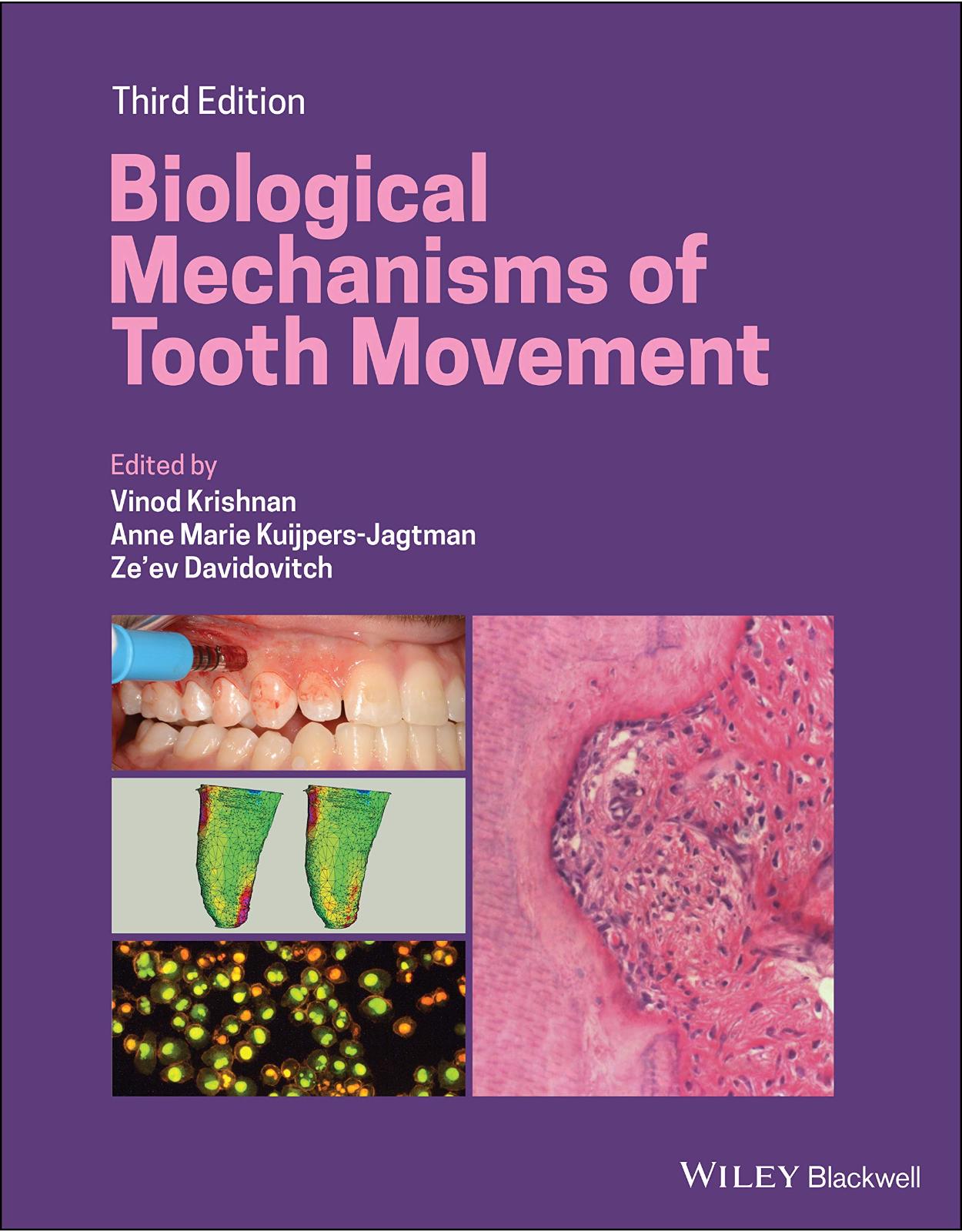
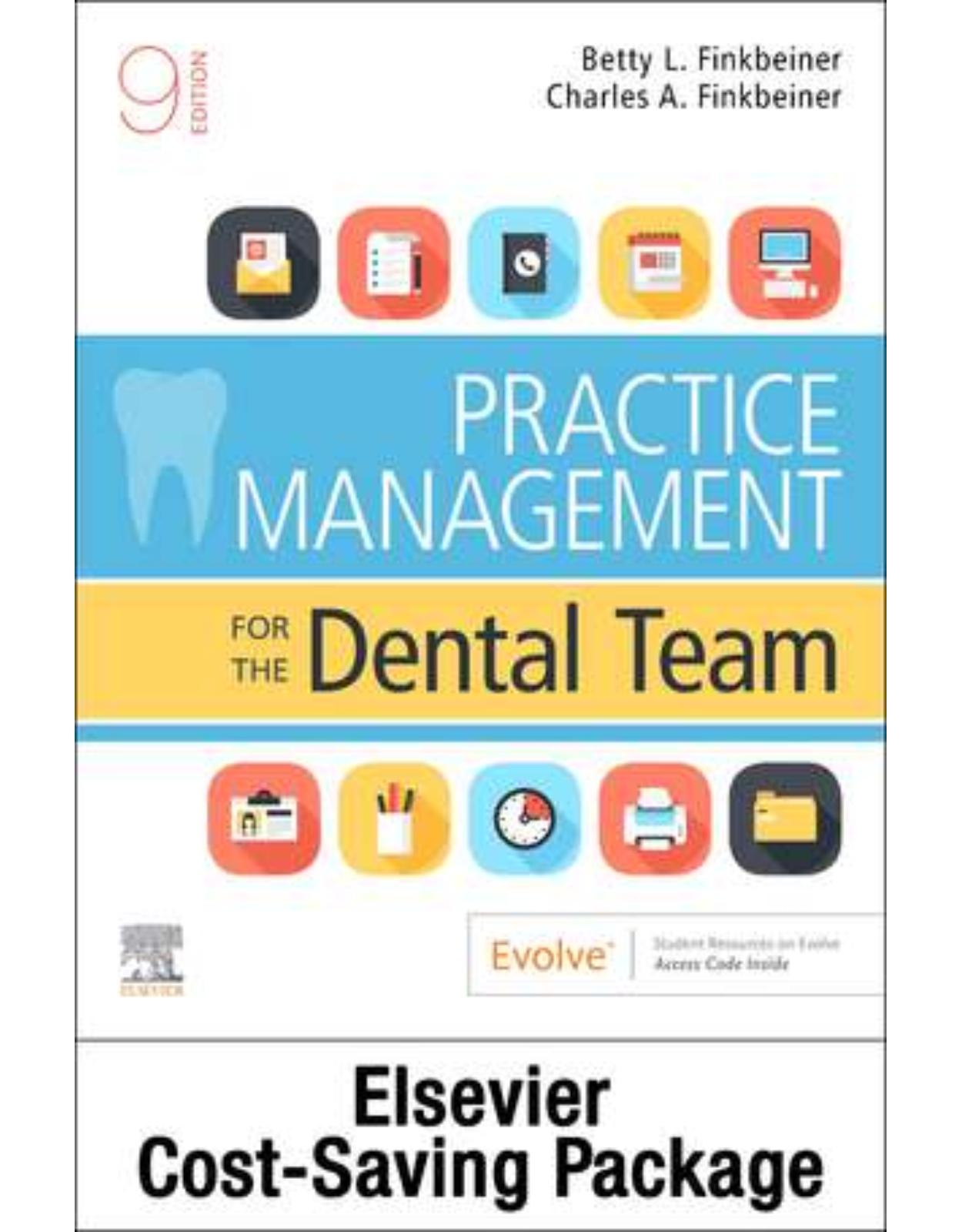
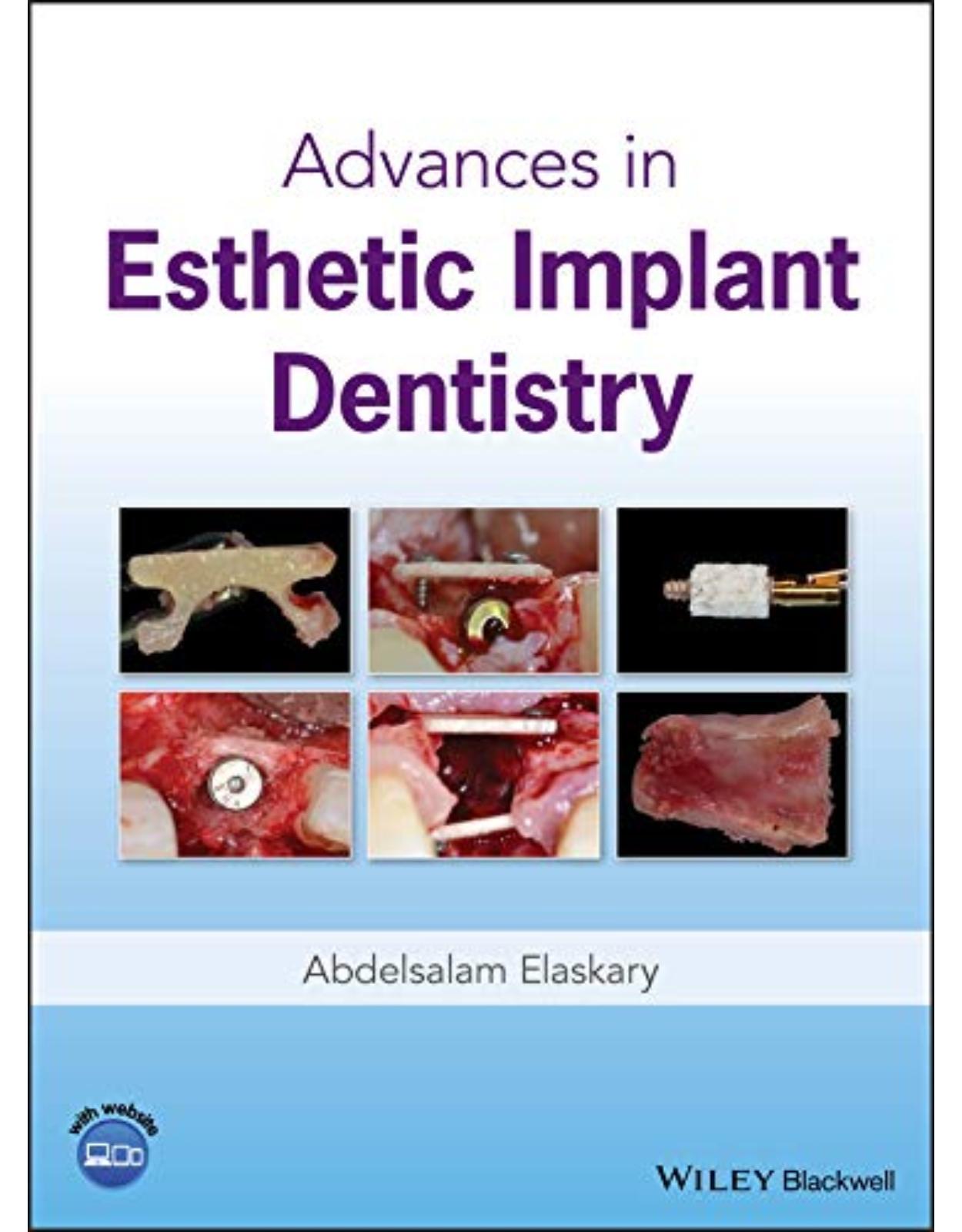
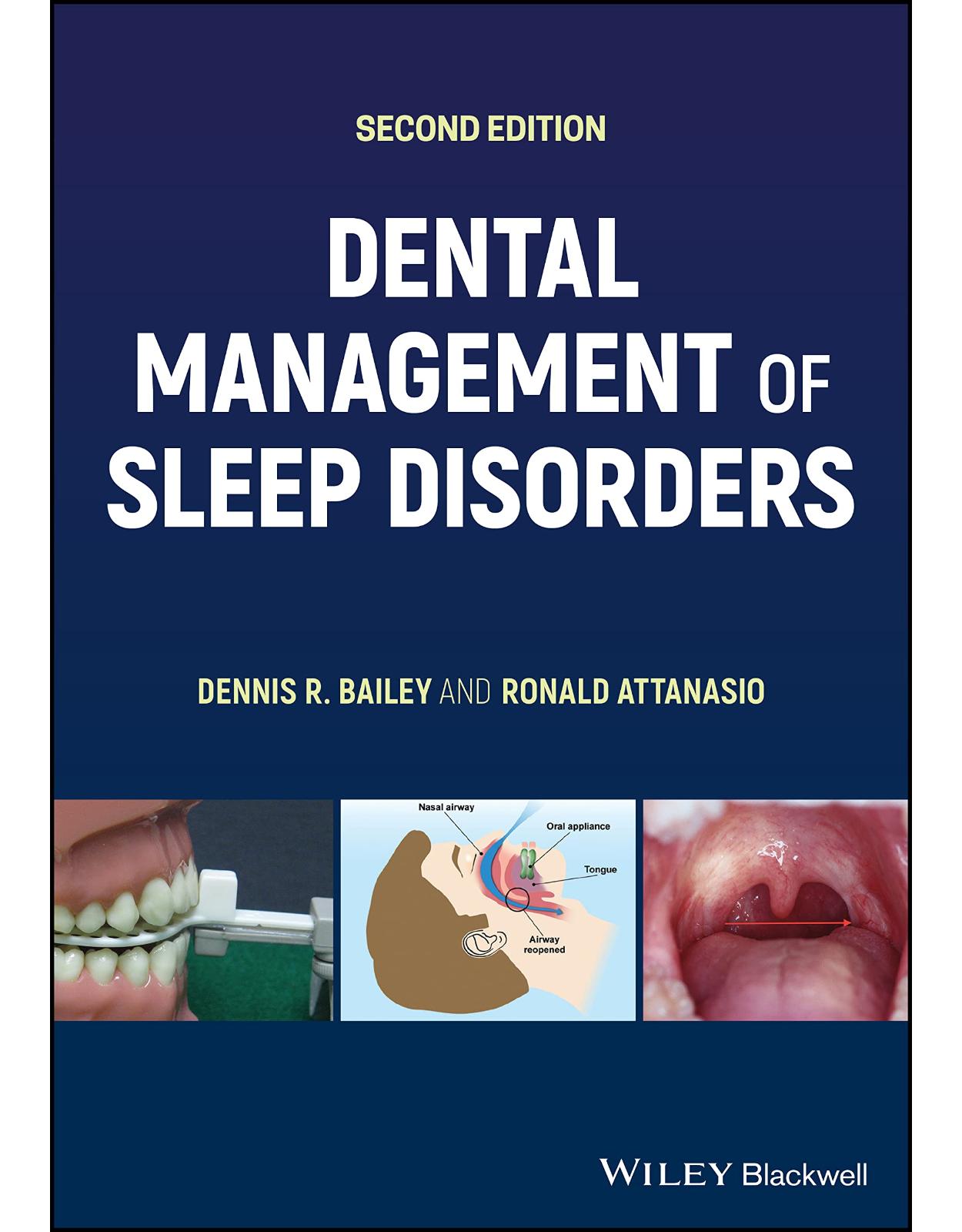
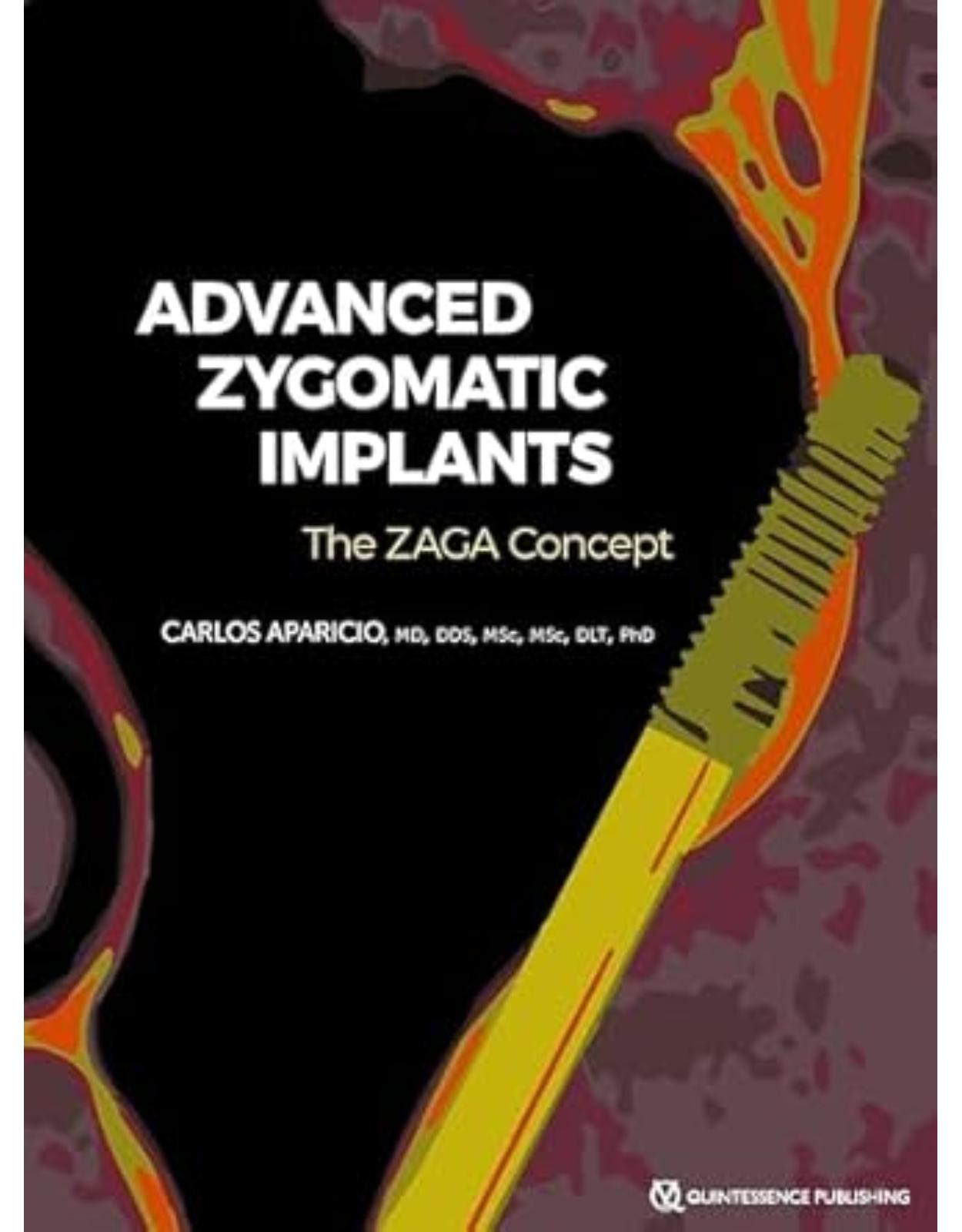
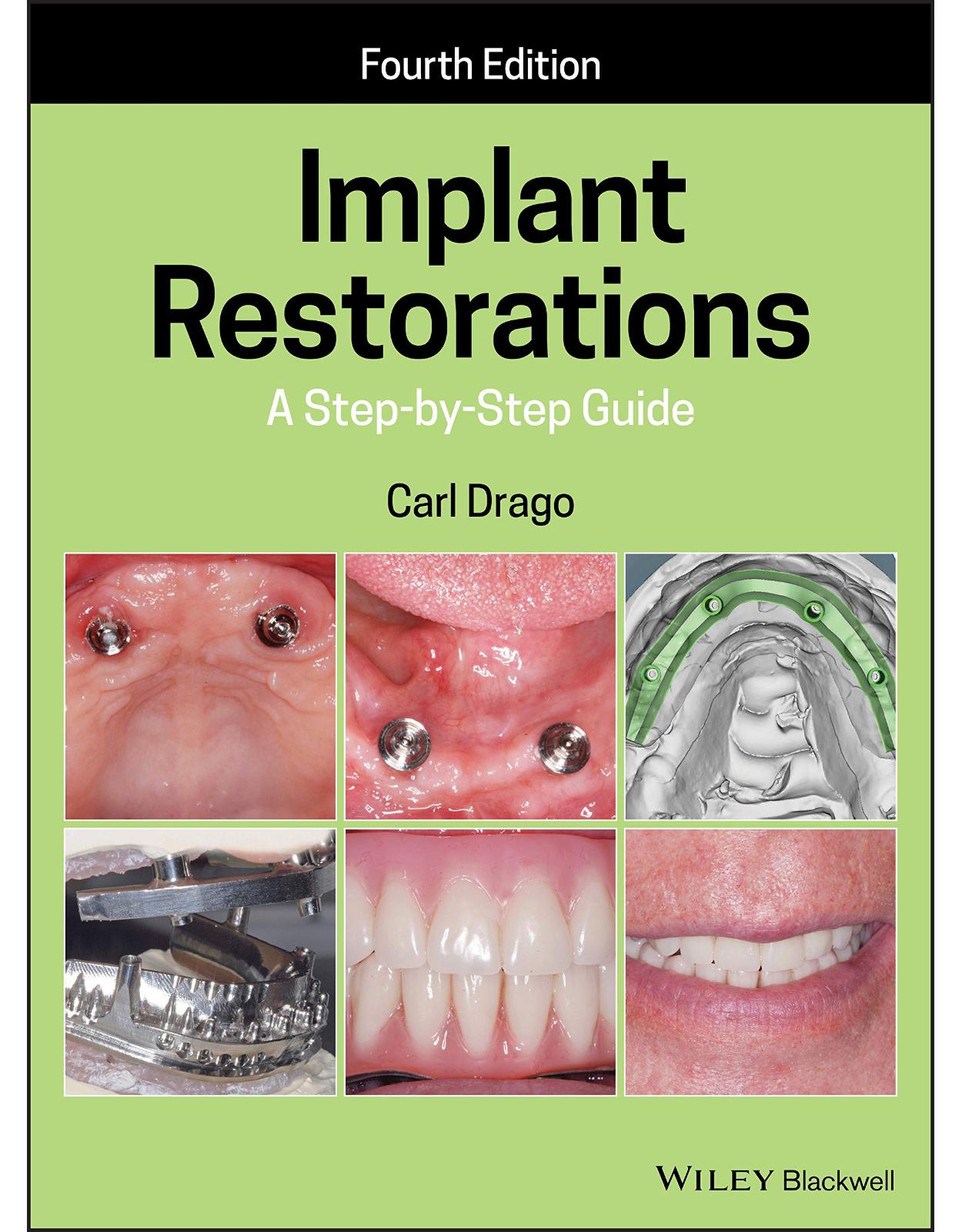
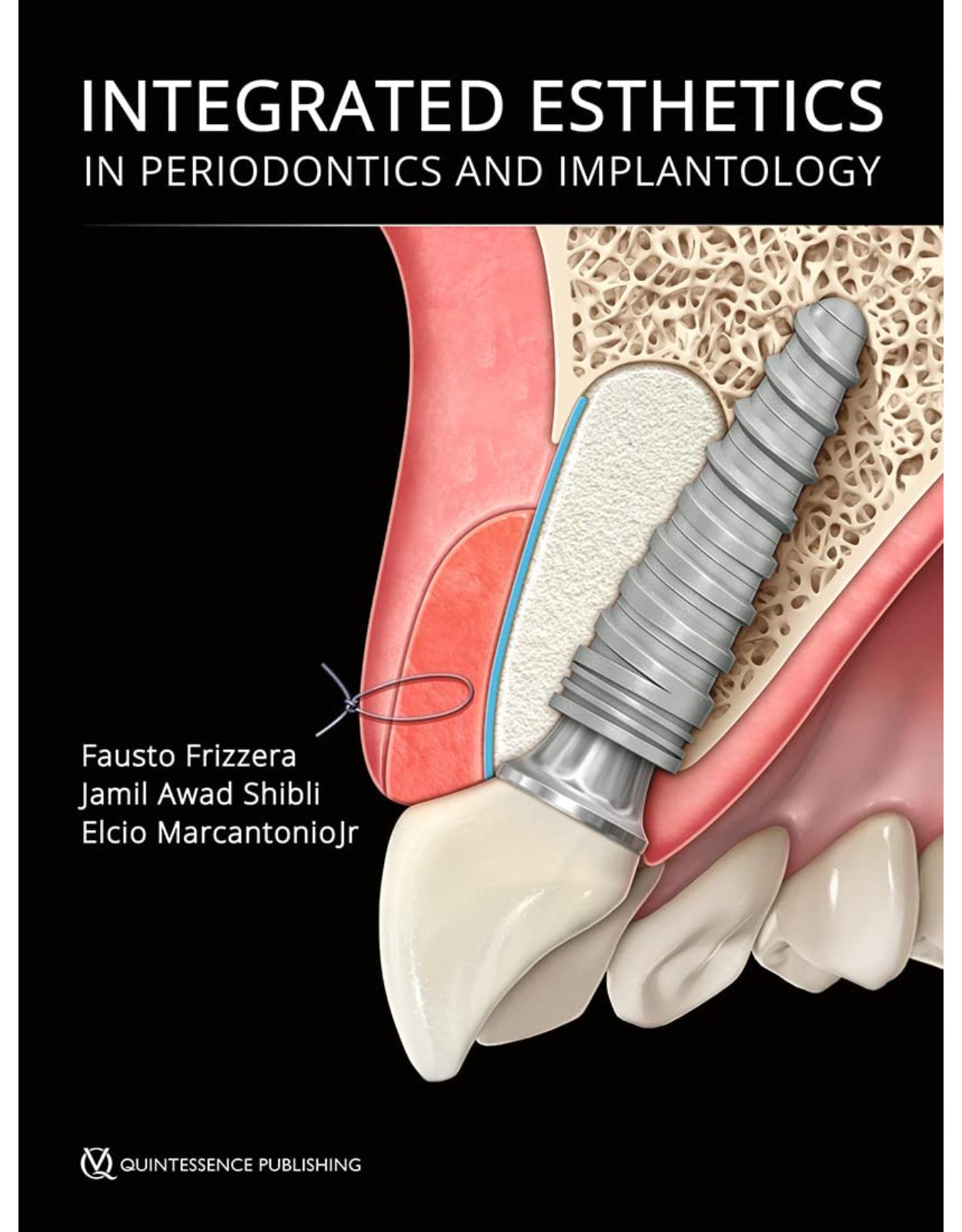
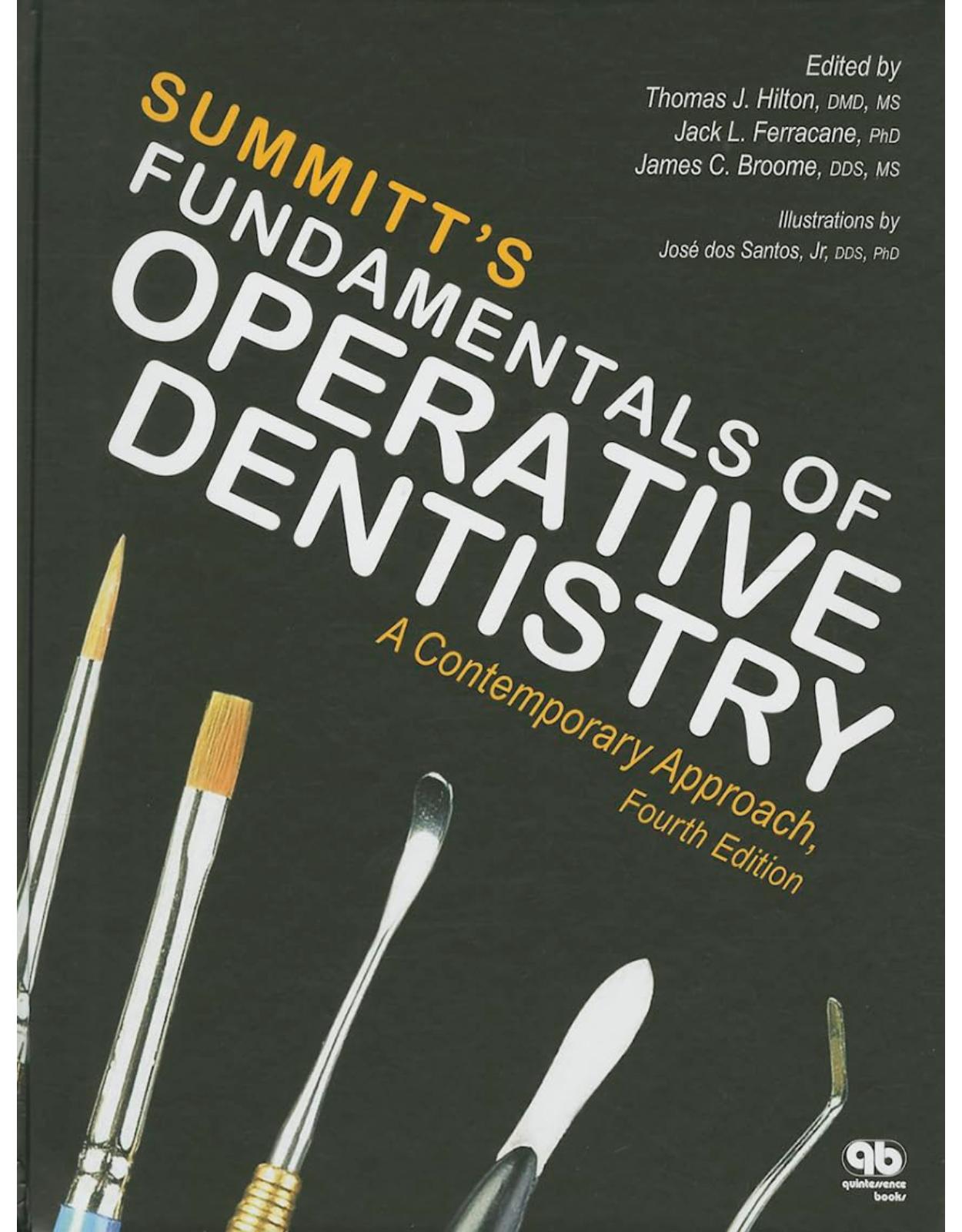
Clientii ebookshop.ro nu au adaugat inca opinii pentru acest produs. Fii primul care adauga o parere, folosind formularul de mai jos.